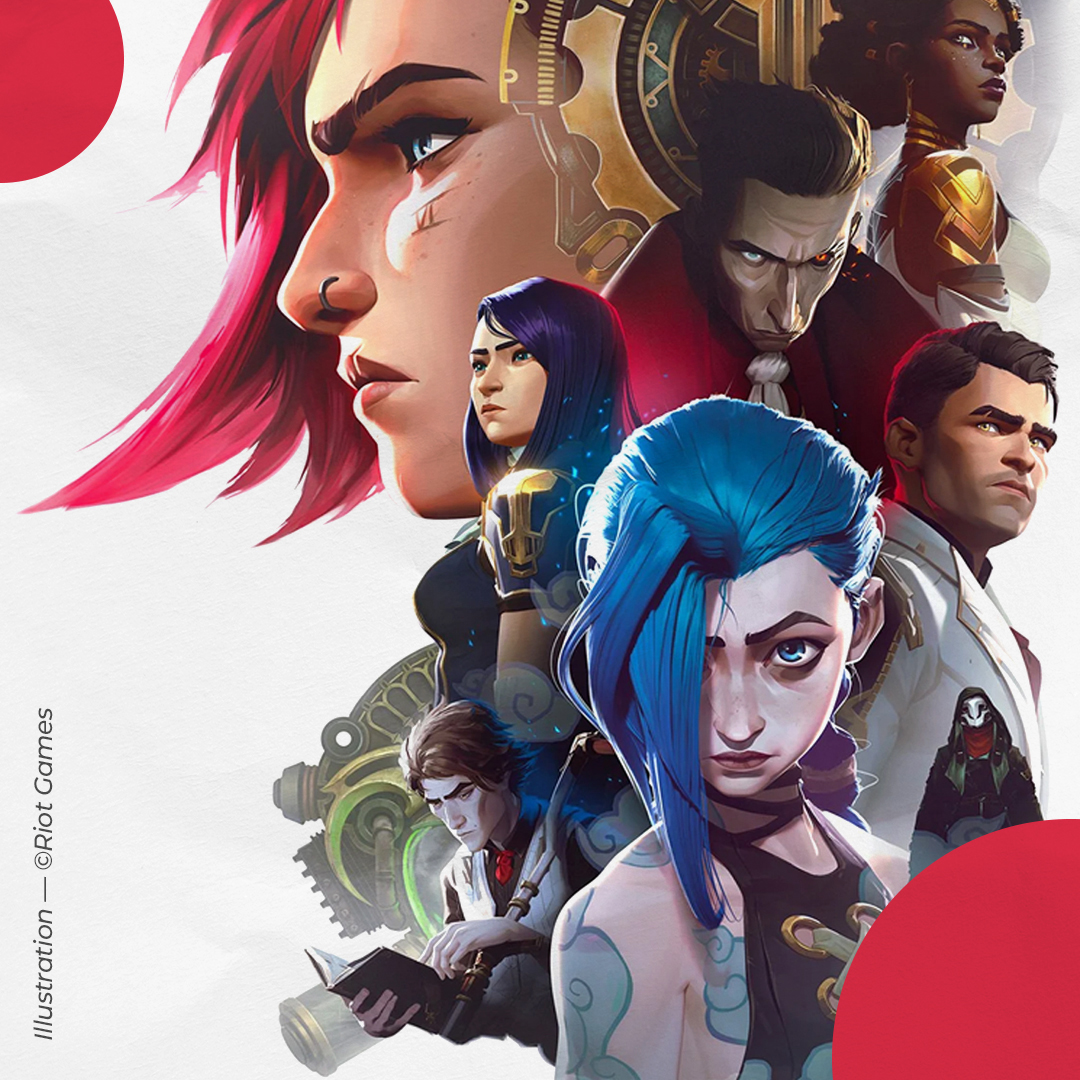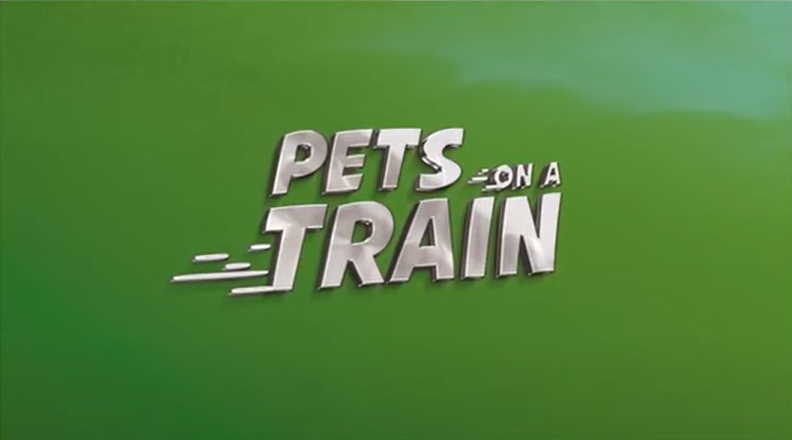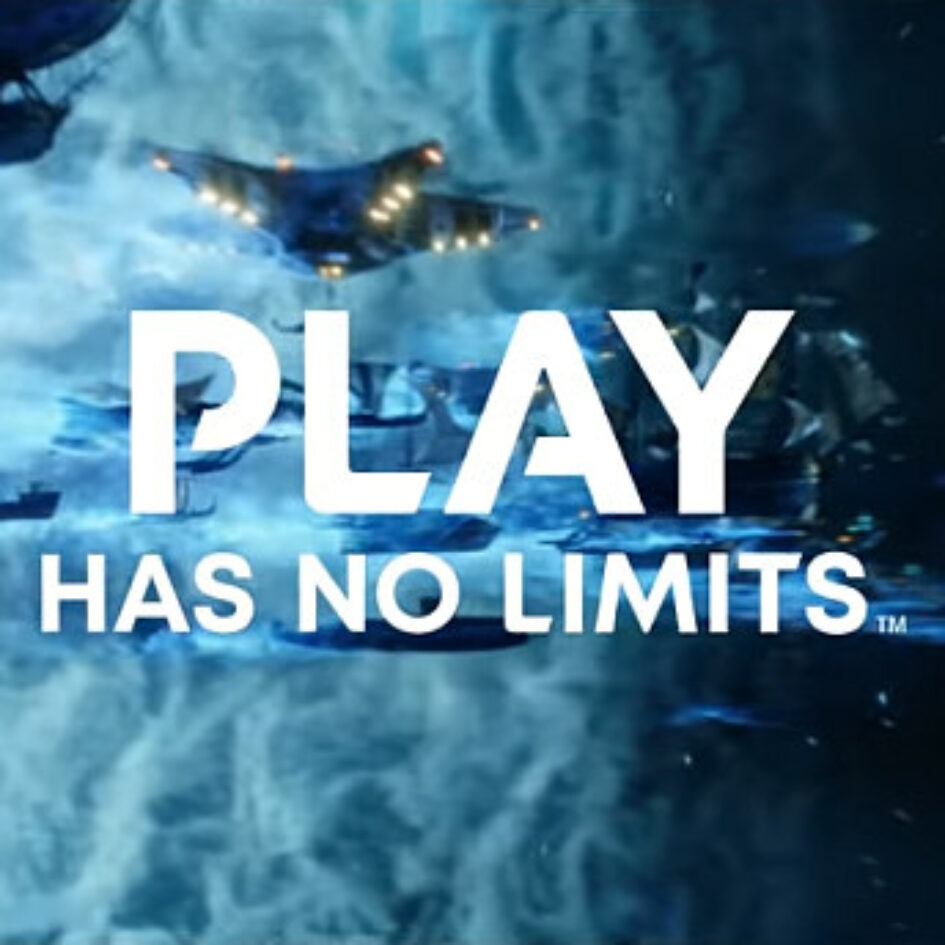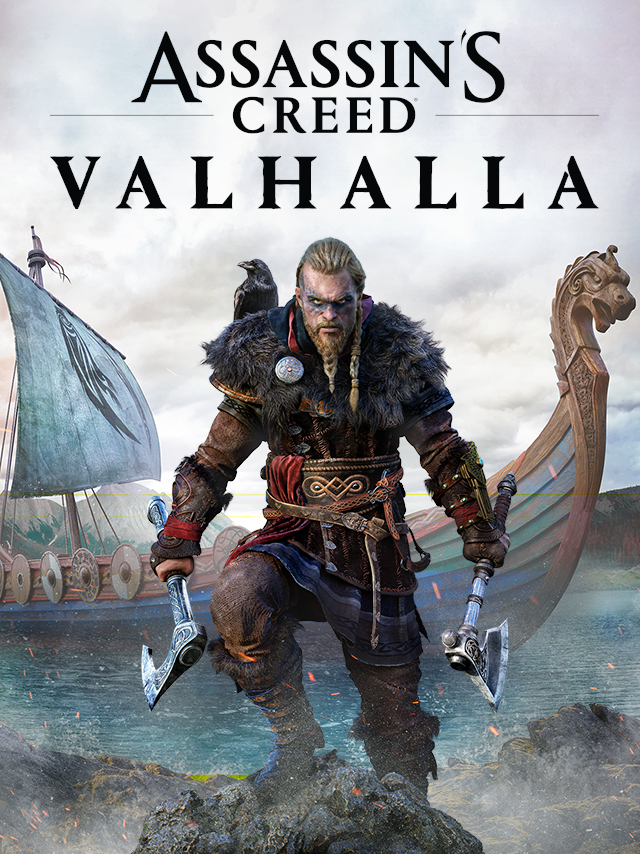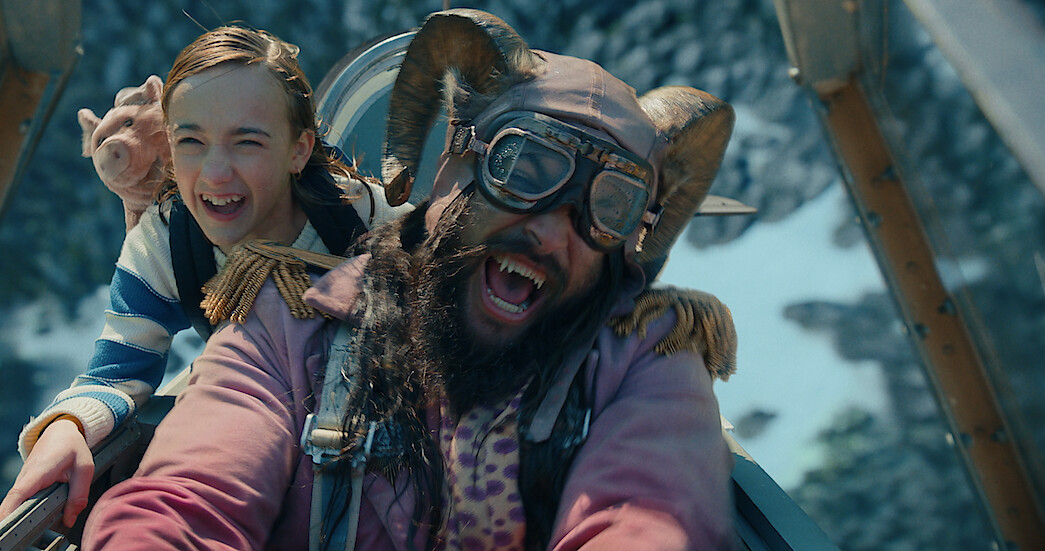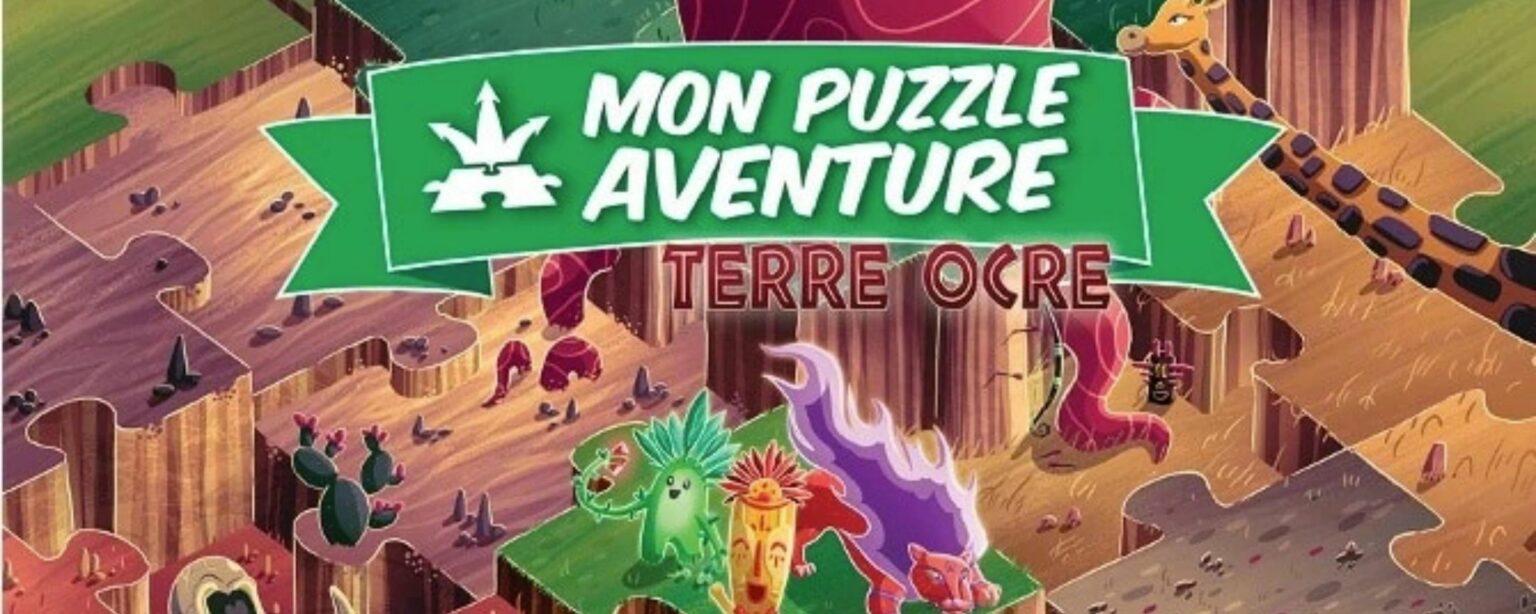
-
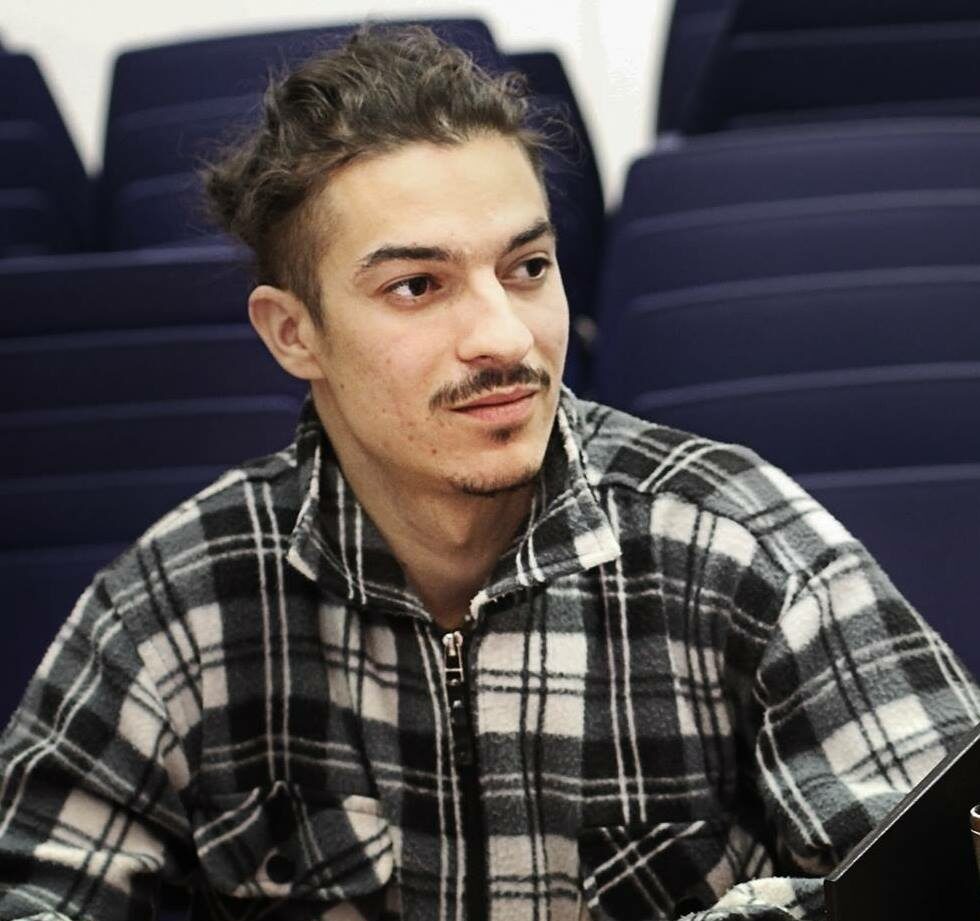
- Promotion 2017
- position Illustrator
ESMA is proud to highlight the career of Thibault Kraeber, who graduated from the Illustration Concept Art course in 2017. His talent was showcased in his work for ‘Mon Puzzle Aventure: Terre Ocre’, a children's puzzle published by Game Flow.

Former student Thibault Kraeber illustrates an innovative children's puzzle for Game Flow
For Thibault, taking on this artistic challenge was a real adventure. For this innovative game, which revisits the concept of the traditional jigsaw puzzle by combining it with an interactive narrative, the young artist was able to combine creativity with technical constraints.
Thanks to the talent and know-how he acquired during his training, he was able to bring this colourful, dynamic universe to life, offering children an experience that is both visual and intellectual.
Read his interview to find out more about his career and his recent project with Game Flow:

Can you tell us about your time at ESMA and how the Illustration Concept Art course prepared you to work on this type of project?
My time at ESMA was a key moment in my artistic career. I discovered a very stimulating environment, which enabled me to develop a solid understanding of visual storytelling and illustration techniques.
In particular, the Illustration Concept Art course taught me how to combine creativity with technical constraints, which is crucial for projects such as children’s puzzles.
The emphasis on strong concepts, atmosphere and storytelling really paved the way for collaborations with publishers and game designers like Game Flow.

What were the main stages in creating the illustration for the children’s puzzle for Game Flow, from the initial concept to the final version?
The project began with in-depth discussions with Game Flow to get a clear idea of the world and the target audience.
Once the concept had been established, I worked on preparatory sketches to set the mood and the main characters.
After validation, I fine-tuned the visual details and colours to ensure that the whole was both attractive and suited to the medium.
The final phase involved adjusting the illustration to the requirements of the jigsaw, making sure that the shapes were legible once they had been cut into pieces.
How did you manage the specific constraints of a medium like the children’s jigsaw puzzle, compared with other projects you’ve worked on?
The children’s jigsaw has very specific constraints, in particular the need to design an image that remains legible even after it has been cut into small pieces. I had to anticipate how children would put the pieces together, using easily identifiable shapes and colours.
Unlike a traditional painting or illustration, each part of the image had to be sufficiently attractive to maintain visual interest, even outside the overall context.
Where do you get your inspiration for projects aimed at a young audience? Do you have any particular techniques for capturing children’s attention through illustration?
My inspiration for children’s projects often comes from nature, animals and fantastic adventures. Children are very receptive to colourful worlds and expressive characters, so I concentrate on bright palettes and dynamic compositions. I also like to incorporate small visual details hidden within the image, which invites children to explore the illustration in more depth.
What specific skills did you develop during your time at ESMA that were particularly useful on this project?
One of the essential skills I developed at ESMA was the ability to work under pressure while maintaining a creative approach. The mastery of digital illustration software, the study of colours and visual compositions, as well as the importance of narrative were all very useful for this puzzle project. Managing feedback and being able to adjust my work quickly in response to feedback were also major assets.
What advice would you give to students who want to specialise in children’s illustration or educational games?
I would advise them to always keep in mind the end user, in this case children, and to really understand what grabs their attention. It’s important to focus on simplicity and clarity of form, while retaining a sense of play and discovery. In terms of training, becoming familiar with the different media (books, games, puzzles) and understanding the specific constraints of each is essential to success in this field.
Can you tell us about the collaborations you’ve had on this project with other professionals, such as publishers or graphic designers, and how this has influenced your work?
Working with the Game Flow team was very rewarding. The publishers provided specific constraints in terms of readability and accessibility for young readers, while the graphic designers helped to adjust the illustration to fit the puzzle format. These exchanges enabled me to refine my work and produce an illustration that was not only artistic, but also perfectly suited to the final medium.
What was your greatest artistic challenge on this project, and how did you manage to overcome it?
The biggest challenge was maintaining a balance between the fun aspect of the puzzle and the artistic demands. The illustration had to be detailed enough to be captivating, without being too complex for a young audience. I overcame this by concentrating on simple but immersive compositions, with characters and settings that speak immediately to children.
As a former ESMA student, what aspects of your training do you find most valuable today in your professional career?
Training at ESMA gave me a solid methodology for approaching projects. The process of research, experimentation and iteration that I learnt at school has become essential in my day-to-day work. It also enabled me to develop a professional and rigorous approach, while leaving room for artistic experimentation.
What advice would you give to current ESMA students about how to stand out and break into the illustration and concept art industry?
I would tell them not to hesitate to diversify in their personal projects while exploring new styles and mediums. It’s also crucial to create a solid portfolio, focusing on varied and successful projects. Above all, it’s important to connect with other artists, take part in events and show your work as much as possible.
Check out Thibault’s portfolio here,
And the official game trailer here!
